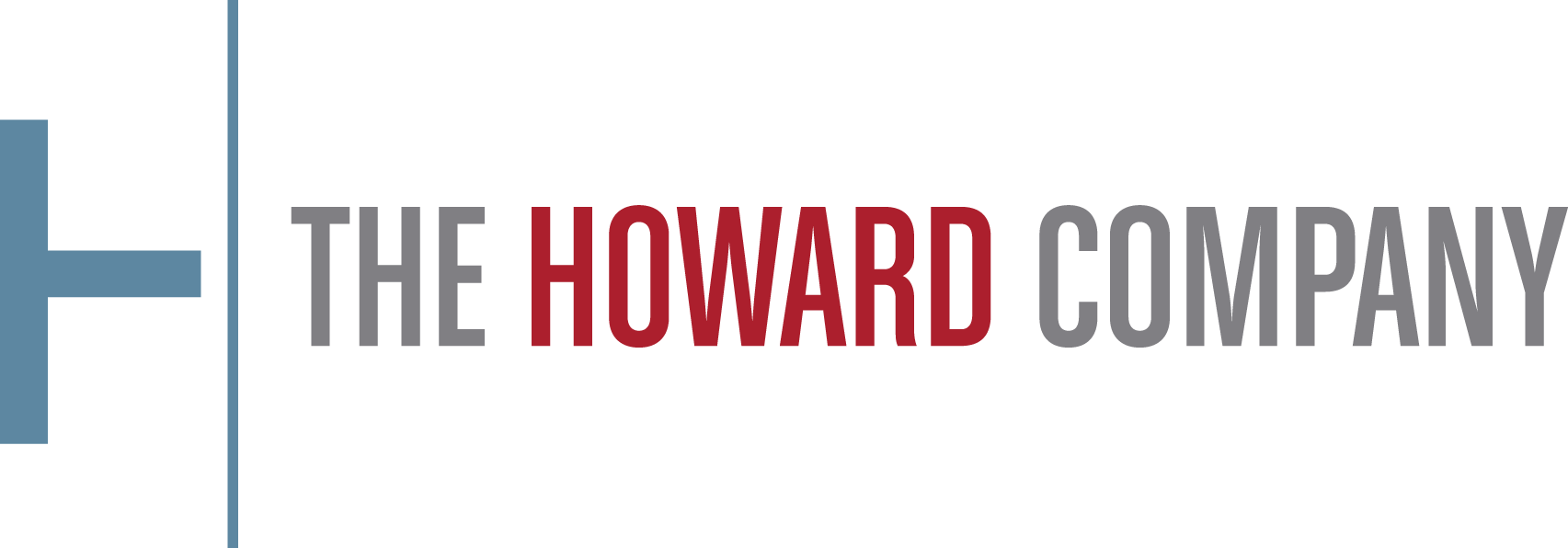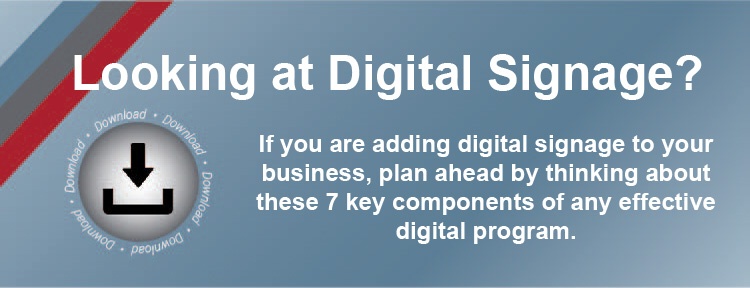Something that we see all too often at The Howard Company is restaurants using digital signage to display static images. Imagine going out to eat and the digital menu board displays the exact same products, prices, and images day after day and week after week, without moving or changing. This, to put it bluntly, is a tremendous waste.
Why? There are several reasons:
- Digital signs can do so much more. By their nature, they are dynamic, easy to change, and incredibly versatile. Not taking advantage of this on existing signs is a gigantic missed opportunity.
- Longevity. While digital menu display screens do typically last for years, displaying the same image endlessly can cause uneven wear and put undue stress on the system, reducing its useful life.
- Cost. The price difference between static signage and digital means that using your digital sign as a glorified static menu board costs you more than you need to pay, if that is all that you want. The return on investment in digital menu board systems comes from leveraging their ability to be dynamic in order to implement your strategy.
The beauty of digital is that there are as many ways to use it as you can imagine. No one approach is going to be perfect for every situation, and you don’t want it to be. A restaurant has different needs from a convenience store or a grocery store, an Italian place has different needs from a Mexican place, and a quick-service restaurant has different needs from a fine dining establishment, but they can all benefit from the use of digital signage. A programmable menu board allows the images and animations to be tailored to your particular brand.
The human eye is drawn to motion. A sign that changes periodically will catch customer’s attention. What’s more, digital menu screens will keep a customer’s attention, because a poster garners a glance, but a video merits watching. Changing from static images to a moving display transforms your digital signage from information to entertainment.
Here are a few examples of ways to take advantage of digital menu board software to make signage dynamic:
- A menu that periodically changes to show limited-time offers or high-margin items, increasing the customer’s interest.
- A display that cycles through upcoming local events. Banks are good at this, finding that their customers look forward to seeing what is happening near them. Giving customers an added benefit to coming into your restaurant while building up the local community is a genuine win-win.
- A menu display that lists products on one half of the screen and a video displaying the products on the list on the other half.
- An electronic menu board with a slowly scrolling background to capture customer attention.
- A digital advertising board that shows a series of images of your food being consumed in different locations, by different people, in different ways. Remember that displays are not limited to only digital menu boards, or to only being located at the point of sale.
Of course, it is also important not to fall into the trap of putting too much motion on your digital signage. This can be distracting or disorienting. A digital menu that changes the products that it displays too often can lead to frustration from customers not able to get the information that they want. But the beauty of a programmable menu board is that you can fix what doesn’t work. Digital menu board software makes it easy to adjust what you are displaying on the fly, allowing you to increase or reduce display time, replace images or videos that aren’t working out how you hoped, or make any of a myriad of other improvements.
Here is another example of what digital technology is capable of. At the recent National Restaurant Association (NRA) show, The Howard Company displayed our new digital kiosk. One of the features of this kiosk is a camera angled to see the person using the kiosk. The software running the camera can detect demographic data of the person using the kiosk- without recording it- and change the display accordingly. Want to show an image of someone eating- and enjoying- your product? What if the person in the content eating the product changed depending on who is seeing the image? A teenager could see teenagers, a man could see men, a woman could see women. And this is just one of the many uses of this technology, which is only possible through the use of digital displays.
So don’t miss out on the opportunities afforded by digital signage. Its applications are endless. Static displays will always have their place, but rest assured that digital is the way of the future.


